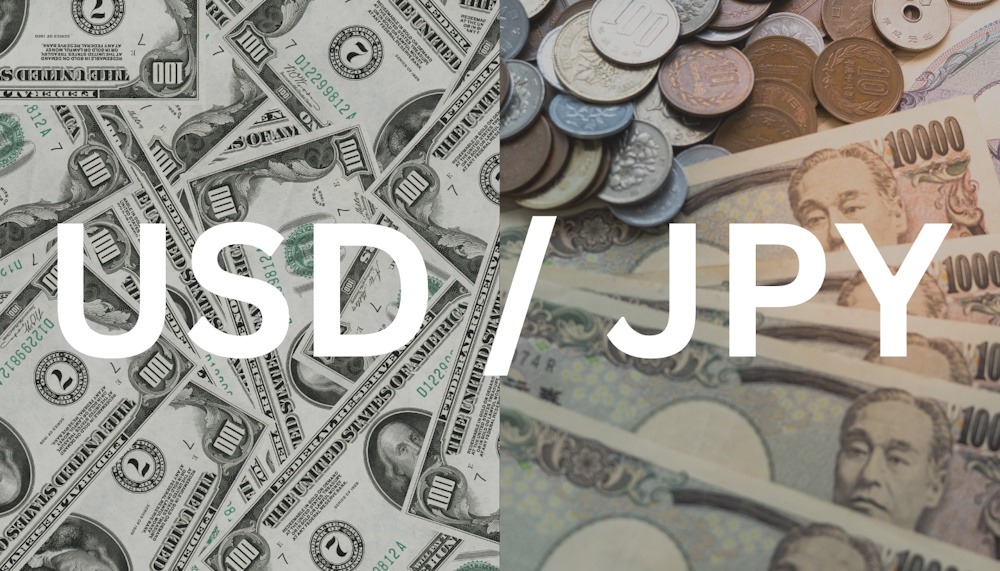The USD/JPY pair declined to 153.10 on Friday, as the yen preserved some of its recent gains in the context of a flight to safety. A notable increase in stock market volatility, spurred by apprehensions regarding a possible overvaluation of artificial intelligence stocks, led investors to turn to conventional safe-haven assets, consequently bolstering the Japanese currency. The pair encountered heightened pressure due to a generally depreciating US dollar. Indicators of a cooling US labor market have bolstered market anticipations of a forthcoming interest rate reduction by the Federal Reserve. Domestic data revealed a nuanced landscape. In September, consumer spending experienced a modest increase of 1.8%, a decline from the 2.3% rise observed in August and below the anticipated 2.5% forecast. Nominal wage growth has seen an acceleration to 1.9%; however, real household incomes have persisted in their downward trajectory, decreasing by 1.4% year-on-year.
This represents the ninth consecutive month of decline in real incomes, underscoring the ongoing pressure on purchasing power. In this context, Bank of Japan Governor Kazuo Ueda indicated that the central bank’s wage growth forecast for 2026 will serve as a pivotal factor in the decision to resume rate hikes. The Bank of Japan continues to uphold its accommodative stance, opting to keep monetary policy unchanged for the time being. The USD/JPY currency pair is currently establishing a consolidation range near the level of 153.33. We foresee a short-term contraction of this range towards the downside, aiming for 152.20. Subsequently, the main scenario suggests an upward breakout, leading to the commencement of a new bullish wave targeting 155.70. A potential downward breakout could indicate a more significant correction towards 149.90 prior to the commencement of any sustained recovery. The MACD indicator aligns with this perspective, as its signal line remains below zero and trends downward, thereby affirming the prevailing corrective momentum.
On the H1 chart, the pair is undergoing a corrective ascent aimed at testing 153.50 from a lower position. A narrow consolidation range is emerging at this level. Our analysis suggests that this range is likely to experience an initial downward breakdown, with a primary target set at 152.52. A rebound to 153.50 may ensue. The overall direction depends on the forthcoming breakout. An upward breakout paves the way to 155.70, whereas a downward breakout would probably prolong the correction towards 149.90. The Stochastic oscillator on the H1 presents a contradictory short-term indication. The signal line currently exceeds 50 and is trending upwards towards 80, indicating a potential for constrained short-term gains prior to the subsequent directional shift.
The USD/JPY pair finds itself in a state of flux, influenced by a depreciating US dollar and a backdrop of varied domestic indicators emerging from Japan. The current catalyst is risk sentiment, which has afforded the yen a momentary boost. The pair is currently experiencing a consolidation phase, exhibiting a near-term inclination towards a decline to 152.20. The medium-term outlook, however, remains cautiously optimistic, aiming for 155.70, dependent on a successful upside breakout from the existing range.

